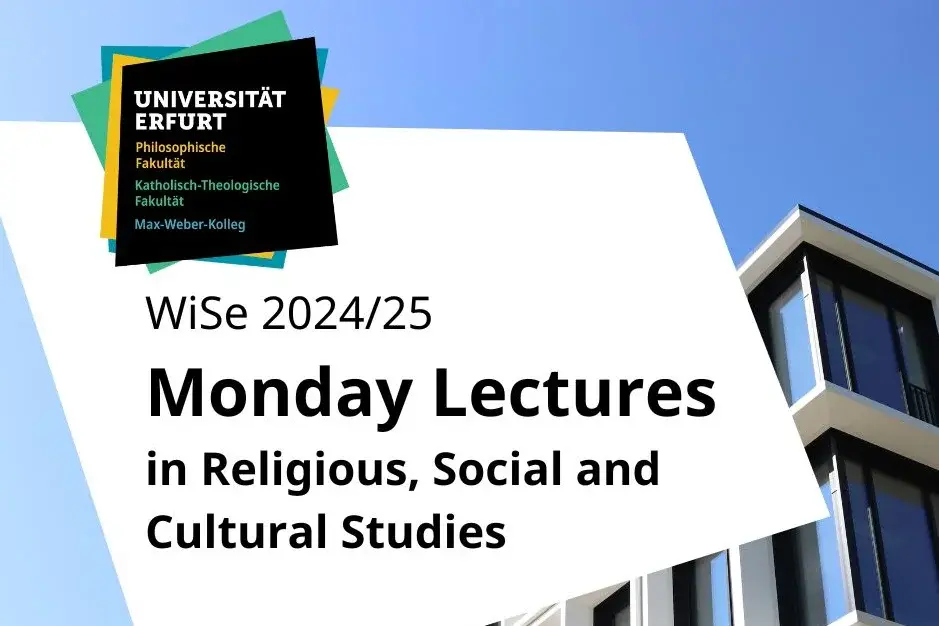About the event
The lecture series aims to work on the discourses and practices of late polytheism to understand whether and how these cults evolved between the second half of the fourth century and the end of the fifth century. Historiography often considers the post-Constantinian period as a time of crisis and decadence in traditional religions. Polytheistic cults, however, did not disappear at once, and their practice adapted to the legal and institutional changes of the empire. The four lectures will examine how late polytheistic cults evolved in their spatial, ritual, and social dimensions. Following a chronological itinerary, we will first ask whether polytheism in the second half of the fourth century was influenced by the spread of Christianity and the ensuing reversal of power in favor of Christians over pagans. Second, we will attempt to clarify how traditional rites, especially sacrifices, were reorganized at the end of the 4th century and whether it is appropriate, as several recent studies claim, to speak of privatization or crypto-paganism. Finally, we will examine the social status of polytheistic actors to test the oft-held idea that, particularly in the 5th century, traditional religion gradually moved from urban to rural spaces.
02.12.2024 | Part III: New sacrifices? Performing orthopraxy in the fourth and fifth centuries
This lecture will offer some thoughts on the topic of animal sacrifice in the late antique Roman Empire. To explore sacrifices in Late Antiquity, we need to move away from the paradigm of “survivals” – pagan rituals that continued to be celebrated far from the city, if not secretly (what is sometimes called “crypto-paganism”). We will focus on the second half of the fourth and early fifth centuries, which are often considered the dying stage of polytheism and its sacrificial practices. The goal is to highlight that beyond the processes of spiritualization and decline that historiography attributes to sacrifices in Late Antiquity, ancient sources show instead that sacrifice (including animal sacrifice) continued to be an essential element of religious conception in the Roman Empire.
From this perspective, it is useful to combine the study of urban contexts (Rome, Antioch, Athens) with the analysis of rural contexts, such as the countryside around Turin or the valleys of Trent (e.g. Maximus of Turin, Sermons and Vigilius of Trent, Letters). The analysis will allow us to reconsider the models of “pagan persistence” or “ruralization of paganism” still used to study late polytheistic sacrifices.
- 18.11.2024 | Part I: The "last pagans" and the "end of paganism": ancient and modern discourses
- 25 Nov 2024 | Part II: Multiple initiations for the late antique elite: polytheistic dynamism or pagan crisis?
- 09 Dec 2024 | Part IV: Who really are the hellenes and the pagani in the fifth-century Roman Empire?
This event from the Monday Lecture series is organised by the Max-Weber-Kolleg for Cultural and Social Studies.
All interested parties are cordially invited. Registration is not required.


